Can resilience for peace enhance the sustainability of international interventions?
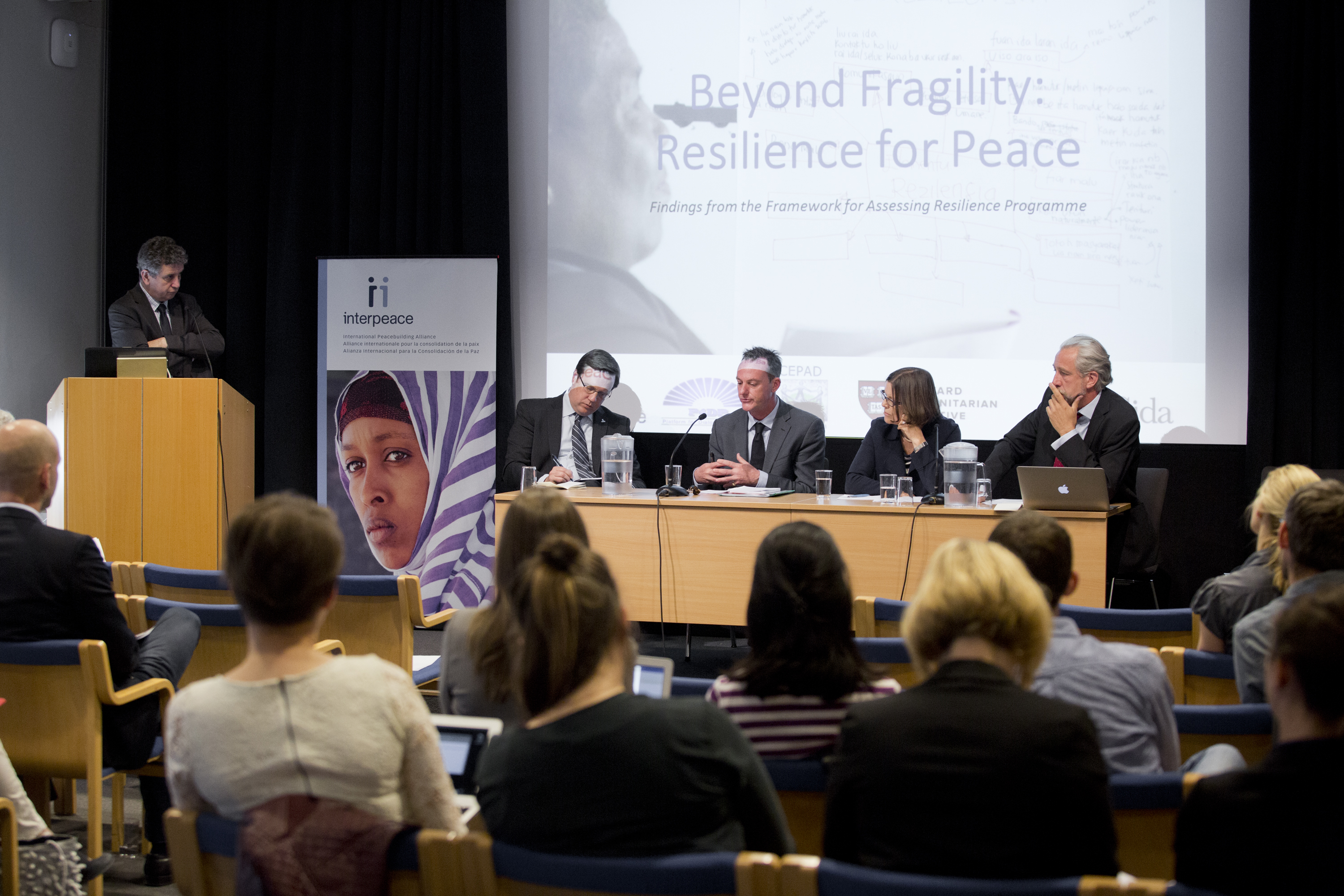
A key factor in building sustainable peace is local ownership. This is often inadequately attended to - or even undermined - by international actors in the process of humanitarian action, development assistance, disaster recovery, and peacebuilding efforts. This is compounded by the fact that frequently external actors focus only on the fault-lines of conflict in a country, and fail to notice, invest in, or prioritize the sources of resilience of the people in the most difficult circumstances. Therefore, working closely with local actors to truly understand the conflict perspective and context-specific characteristics of a given region, as well as the people’s strengths, assets and strategies in the face of violence, will help identify and strengthen the capacities for resilience, which are crucial in the development of peace and the transformation of conflict.
This understanding has underpinned Interpeace’s Frameworks for Assessing Resilience (FAR) Programme, which was undertaken with the support of the Swedish Development Cooperation Agency (Sida) and was piloted in three very different country contexts: Liberia, Guatemala and Timor-Leste. Through a comprehensive engagement with the local people and their authorities in these three contexts, including qualitative consultations, quantitative surveys, and multi-sectoral dialogue processes, a guidance note was developed on resilience for peace, to help practitioners and policy makers integrate a resilience approach into their work. The guidance note includes guidance on the conceptual and strategic tenets of resilience for peace, on how to conduct a resilience assessment, as well as reflections on the policy implications and entry points offered by the FAR Programme.
On June 9, 2016 this Guidance Note for Assessing Resilience for Peace was launched in Stockholm, Sweden. The most important findings were highlighted in this event, drawing attention to the added value of using a resilience approach to peacebuilding. Interpeace representatives emphasized the embedded or ‘endogenous’ nature of these capacities for peace that exist at different levels in communities and societies, and noted how these have a powerful convening effect in the development of locally-owned, driven and led peacebuilding practices. Speaking at the Stockholm launch, Patrick Vinck, Director of the Program of Peace and Human Rights Data at the Harvard Humanitarian Initiative (HHI) – one of Interpeace’s partners on FAR – said: “Engaging communities must be more than a tag line for peacebuilding. FAR offers a way to systematically consult and create a dialogue with communities to leverage their own strength and resources to build a lasting peace.” A resilience approach therefore offers a crucial tool to analyze and design policies and programming, which will be tailored to the specific needs of the local people. Vinck also added that the international community is spending millions on peacebuilding programs, “but not on the information and FAR-like methods that would give us the data needed to design the right interventions.” The importance of building upon and supporting these endogenous capacities and attributes in conflict affected and fragile societies, demands that international actors steer a more modest course, searching for and supporting initiatives and plans of action that are developed within societies and led by local actors, rather than imposed from the outside by external actors.
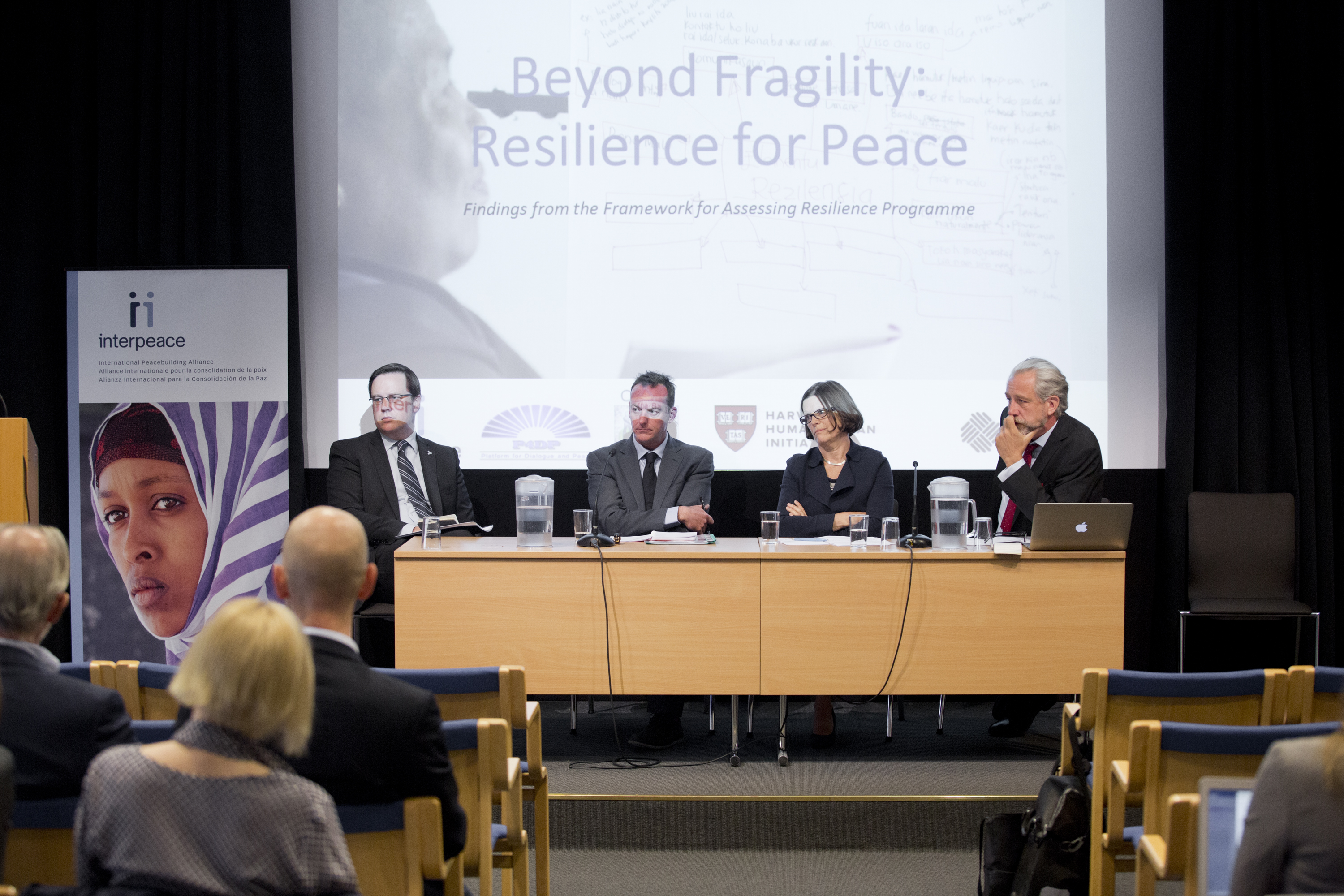
Launch of Guidance Note on Assessing Resilience for Peace: Scott M. Weber, Director-General of Interpeace; Hugh Macleman, Senior Risk and Resilience Advisor, OECD; Ewa Werner Dahlin, Director of Asia, Middle East and Hummanitarian Assistance, Sida; Henrik Hammargren, Executive Director, Dag Hammarskjöld Foundation. Photo Credit: Oskar Kullander
But a resilience approach does not only enhance peacebuilding practice. It can also help break the siloes that exist between humanitarian action, development and peacebuilding. This was noted by Hugh MacLeman, Policy Advisor, Conflict, Fragility & Resilience of the Organization for Economic Co-operation and Development – OECD who was another panelist. MacLeman stressed that: “People don’t live their lives in sectors. FAR helps to see the multidimensional aspects of resilience and to look for entry points for intervention at all levels”. He added that: “This positive and forward-looking resilience agenda helps highlight where different actors from the humanitarian aid, development and peacebuilding sectors have a comparative advantage and how they can work in the same space at the same time.”
The methods and approach proposed by the FAR Programme can therefore make peacebuilding more effective and sustainable by drawing on the attributes and assets of conflict-affected societies and communities themselves. Because the Programme relied on systematic consultations, dialogue and comprehensive engagement with the communities and decision-makers in the three pilot countries, FAR fostered local ownership and leadership. A resilience approach can also enhance the conflict-sensitivity of humanitarian and development strategies. This added value was praised by Ewa Werner Dahlin, Director of Asia, Middle East and Humanitarian Assistance at SIDA, who recognized that Sida needed to integrate a conflict perspective in all its activities.
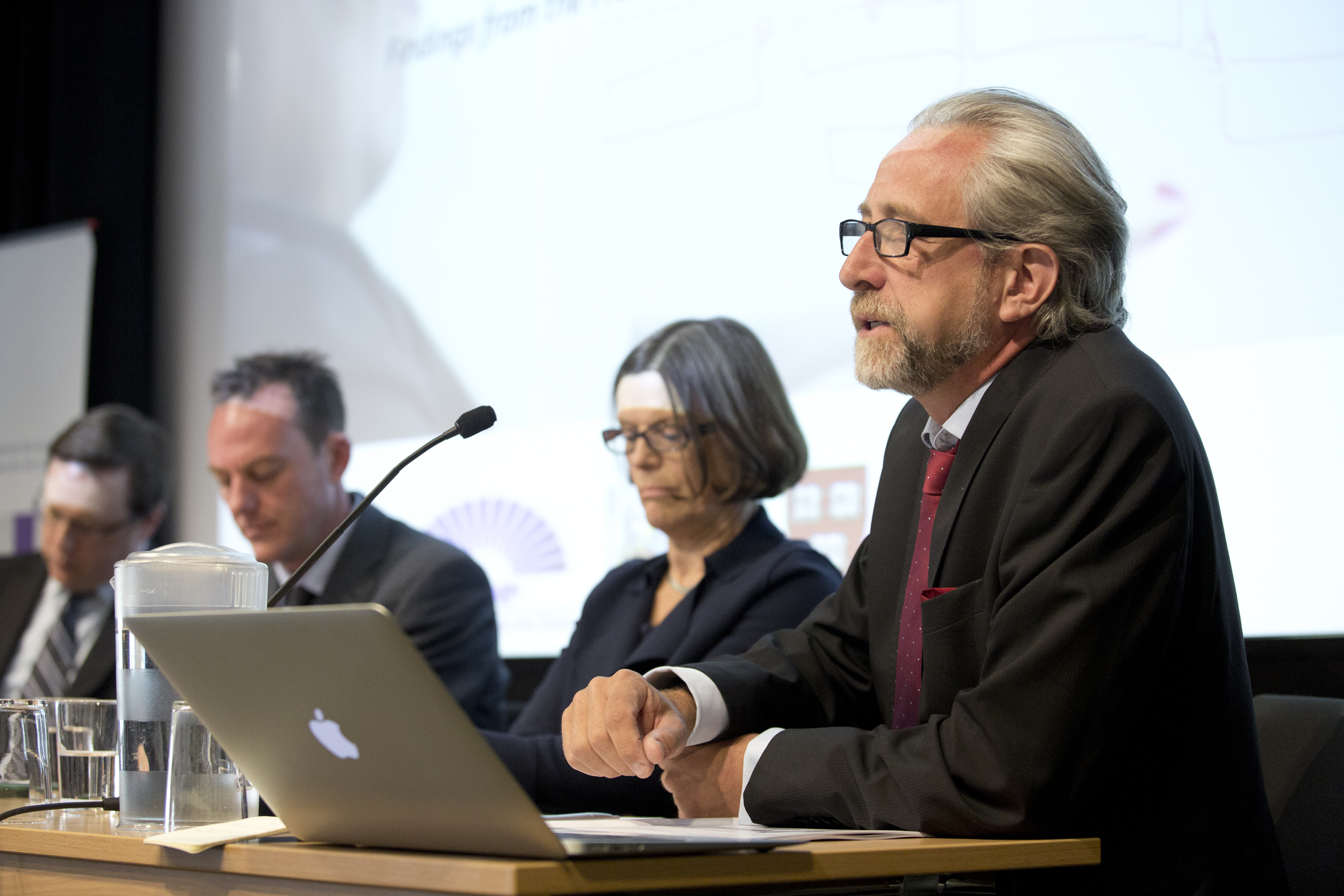
Launch of Guidance Note on Assessing Resilience for Peace in Stockholm. Photo credit: Oskar Kullander
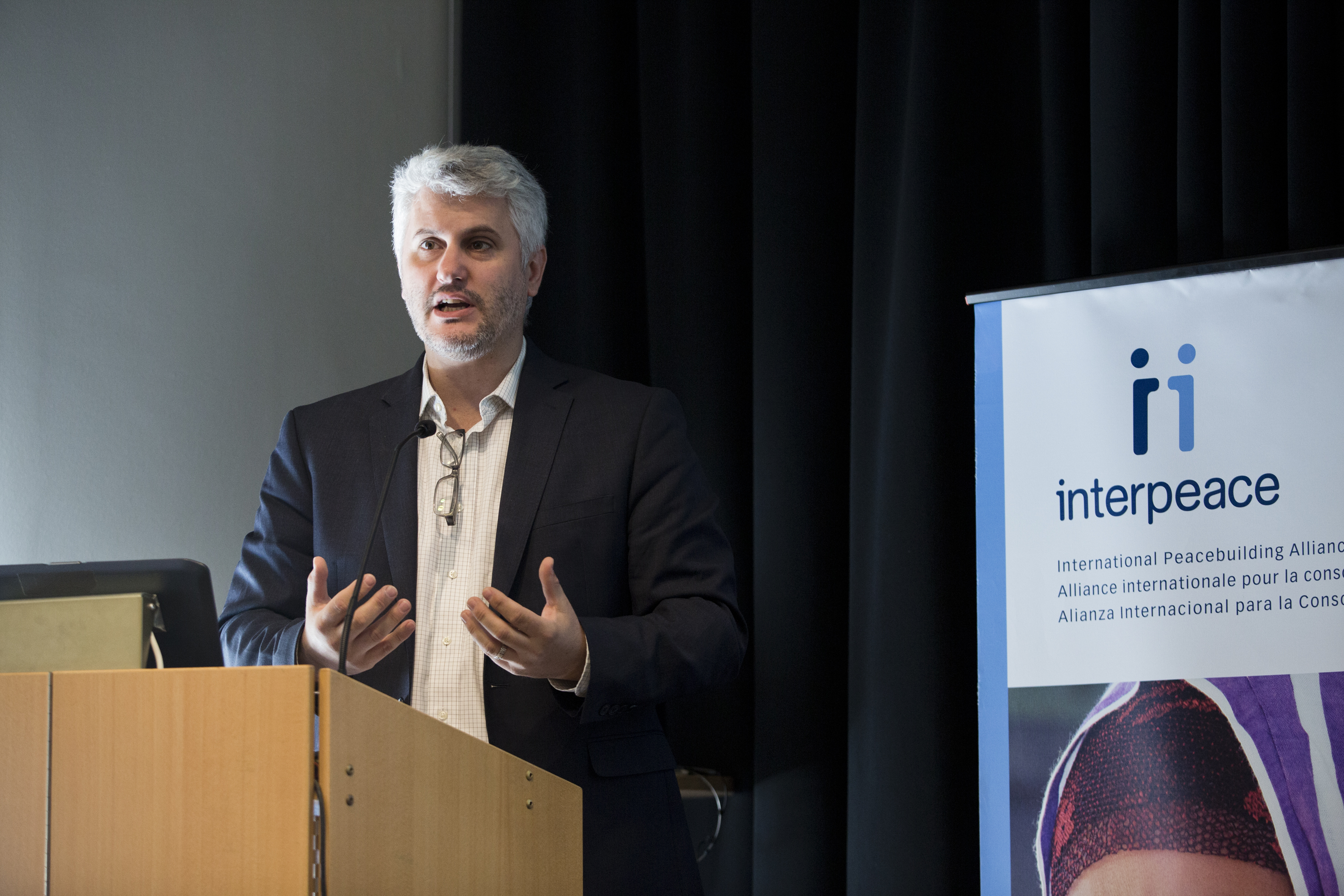
Patrick Vinck, Director, Program of Peace and Human Rights Data, Harvard Humanitarian Initiative. Photo credit: Oskar Kullander
For a better understanding of the resilience approach:
Read Guidance Note for Assessing Resilience for Peace.
Read a short brief that captures what the FAR experience has taught us about the specificities of resilience in relation to conflict and the added value of using a resilience approach to peacebuilding.
Read a briefing note on the relevance of Resilience for Peace to the pursuit of the Agenda 2030 Sustainable Development Goals.
Read more about the specific case studies:
Liberia
Read the Liberia Report.
Timor-Leste
Read the Timor-Leste Report.
Read Survey Report for Timor-Leste.
Guatemala
Read the Guatemala Report.
Read Survey Report for Guatemala.
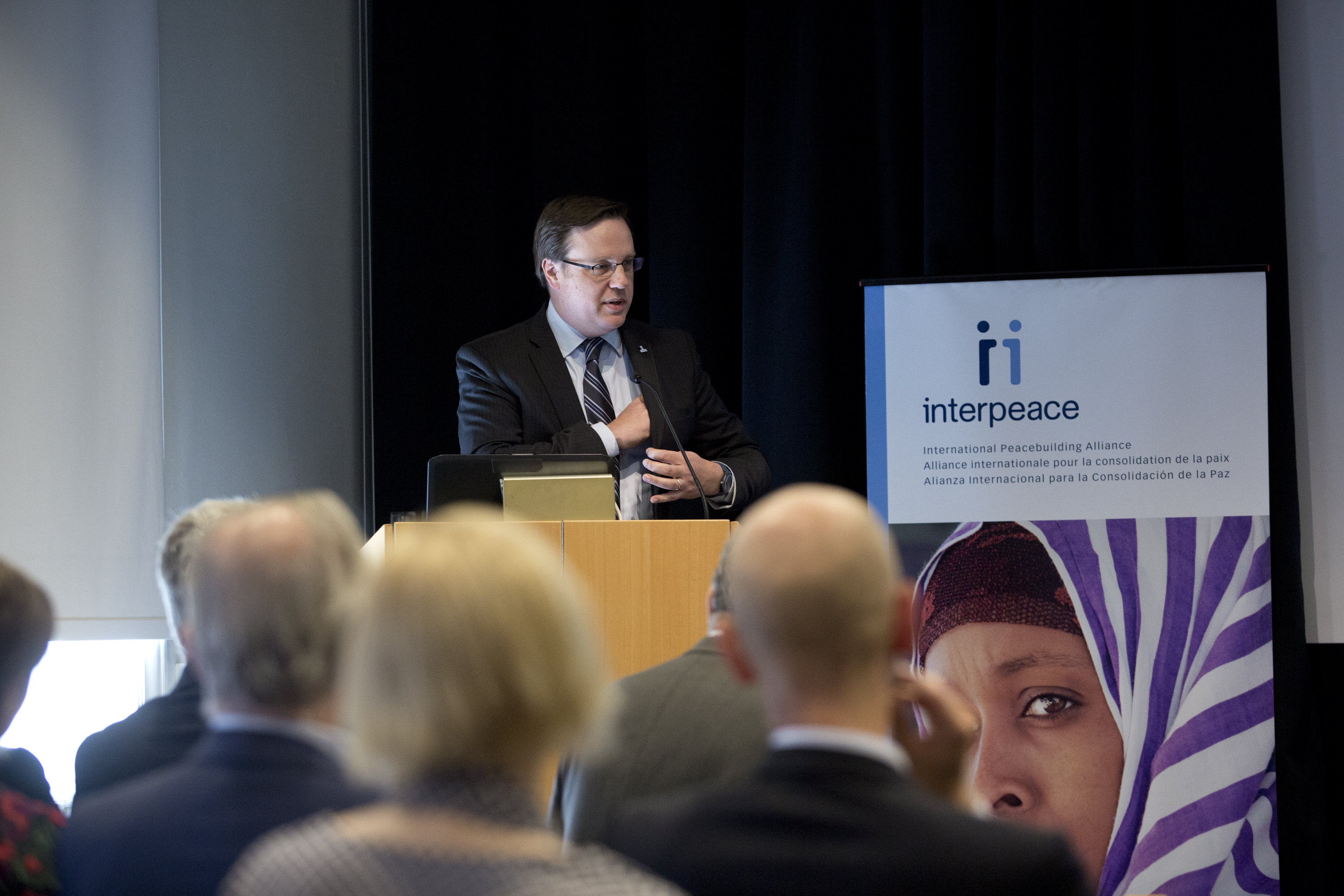
Scott M. Weber, Director-General of Interpeace. Photo credit: Oskar Kullander
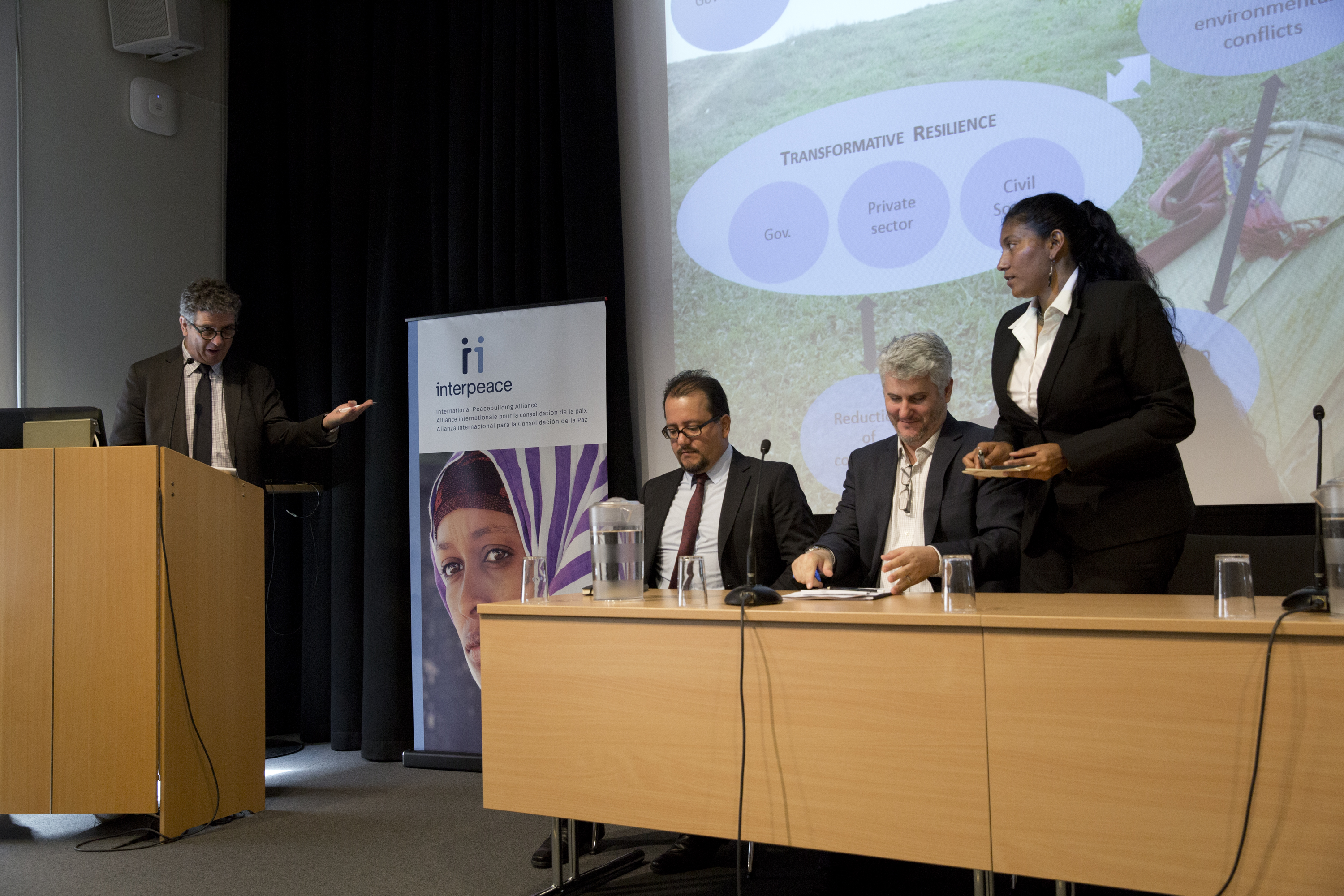
Graeme Simpson, Senior Advisor to the Frameworks for Assessing Resilience Programme and Director of Interpeace, USA; Otto Argueta, Learning and Policy Officer, Interpeace Office for Latin America; Patrick Vinck, Director, Program of Peace and Human Rights Data, Harvard Humanitarian Initiative; Anupah Makoond, Programme Officer, Interpeace. Photo credit: Oskar Kullander
